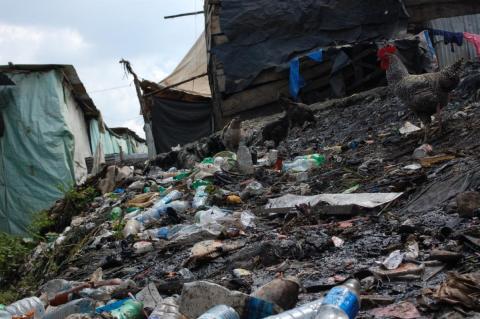Ghetto communities need a waste collection plan By Claire Zerida Balungi

Uganda is urbanizing very rapidly and almost 10.7 million out of its total population of over 45.7 million are urban dwellers.
Ghettos are quickly growing due to the ever-increasing rural-urban migrations. Traditionally, ghettos are densely populated communities created in urban areas characterized by low levels of growth, poor housing structures, poor distribution of amenities and generally, poor organization plans. This usually has a negative effect on the living standards thereby promoting a general indecent lifestyle for the people, for instance poor sanitation.
The high generation of garbage in these areas leaves a lot to be desired: The City Council Authorities signed up to manage the garbage in the cities, but the high amounts of generated garbage does not allow for efficient collection.
Ghetto communities which are habitat for people of diverse cultures face the problem of sensitization. To effectively eliminate the garbage generated in these areas, government needs to draw a special plan to put an end to the rot in the galleys and the streets at the boundaries of the ghettos.
Moreover, most people in these areas cannot afford private waste collection services. Tentatively, this calls for more attention from Kampala City Council Authority. To eliminate diseases such as cholera that’s caused by the rotting garbage and poor sanitation, the city council ought to draw a plan that should include sensitization of the ghetto communities on how to dispose of garbage. An effective way to collect this garbage should also be identified; otherwise it will be seamlessly impossible to reduce the reports of deaths caused by diseases springing from poor sanitation.
By Claire Zerida Balungi
Community Journalist
